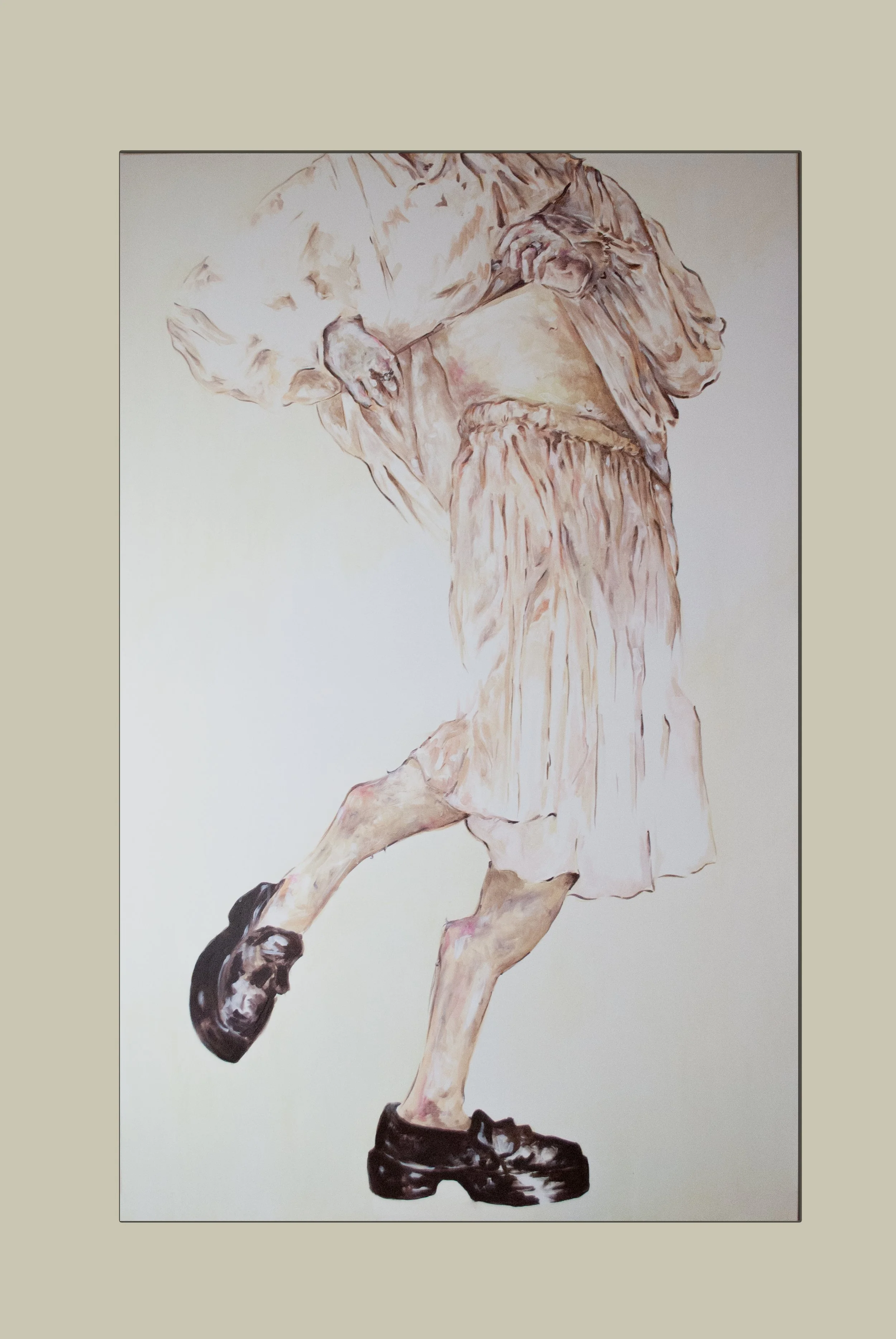Benjamin Huynh
“I was born in Grasse (France) on a 29 of July 1996. I'm a Leo sun, Libra rising. I am a nonbinary person living now in Brussels. I do like Elves, and having fun with friends.”
What inspires your work and what is your creative process? Are there any recurring themes/issues you like to address within your work?
“In the ocean of digital information, what interests me in particular are the selfies, the image of oneself on social networks. Faces that float from the intimate to the extimate. The figure in my work is therefore a landscape of people, of characters that float around. A panorama that results in figures appearing under our fingers and disappearing as we scroll : faces and bodies form a circle and dance when we touch our screen. Approaching selfies and social networks as such, I work with my friends, replaying selfies, collecting them, forming collages, etc. re-injecting them in turn again into my work process.”
“So then, together with my friends and selfies, multiple things are inspiring my work from mythologies to classical paintings. The painting in my work acts as a crossing, passing through the history of painting to bring it into our present where there is an omnipresence of images. The motifs oscillate between Western historical myths and theatrical roles in popular culture, between 19th century salon painting and the self-representation of 21st century influencers. Traditional aesthetics and its discriminatory classification system are questioned, in order to overcome the repressive social order and gender assignments.”
You mention your transition from performance art to painting, installation and textile work. What caused this shift in focus and discipline?
“I entered ERG in performing arts because I wanted to work with space and body. During my first two years however I also took the painting classes - always wanting to paint but being scared of the medium. After a while, I found ways to connect painting to space and body while working on displays and figures which consolidated the shift. Now my work consists mostly of painting, installation and textile work since they help me to generate different propositions for spaces and because I like this idea of finding myself somewhere in-between fine arts and crafts.”
Did you have any queer role models? If so, who?
“I am fascinated by the gestures made by Derek Jarman (1942-1994). In particular the way of composing images in movies collecting objects, making plants grow, using stories of other people to create his own, etc. Jarman’s quality of multiplicity functions as a founding idea : past, present and future at the same time, by creating scenes as modern remakes (such as in the movie Caravaggio (1986)) while planting a political statement that would continue growing after his death. This allows me to think about the staging of my work, to research its organization as a Panorama and interconnection of objects. Panorama, rather than panopticon, since - for me - when I think of an overall view of Jarman's work, nothing is clearly in a box, everything transfers to one another. Such is his film Blue (1993) where voices, a blue screen, and sound design create a complex landscape. His world is a layered, folded and mystical thing. As activist, artist, poet and gardener all at once, he knew how to see things beautifully, making it poetic and politically engaged. This interweaving of poetics, beauty and activism points to a sort of soft activism, which feels connected to my work as well. My work aims to re-roll the dice of queer aesthetics and it is Jarman who helps me to imagine a soft-activist aesthetics passing through an idea of poetry of images, objets, texts and gestures. To me painting has also a lot to do with the idea of Care that you can also find in the work of Félix Gonzalez Torres in the way he carefully put two analogue clocks at the same time and how he made a portrait of his deceased boyfriend out of candies and not making him pose for hours on end. This same notion of Care is for me also present in the light that passes the paintings of Matthew Lutz Kinoy.”
How do you think the queer community can better uplift one another during these uncertain times?
“I do think the Queer community knows how to find a way to escape/modify the common patterns (such as capitalism, institutions, etc). The work of deconstruction of norms is helping to find out new ways of creating collectivities and how to live/survive together. Within the idea of Care and a vision of the world as horizontal as possible, it seems to me that our dynamics of work, collaborating and living could be answers to uplift each other during these uncertain times.”
Are there upcoming events that you would like to bring attention to?
“My next exhibition is a collective one for the Jean and Irene Ransy Price - Figurative Painting price, that will take place in Mons in the Maison Losseau - opening on the 24th of March.”










